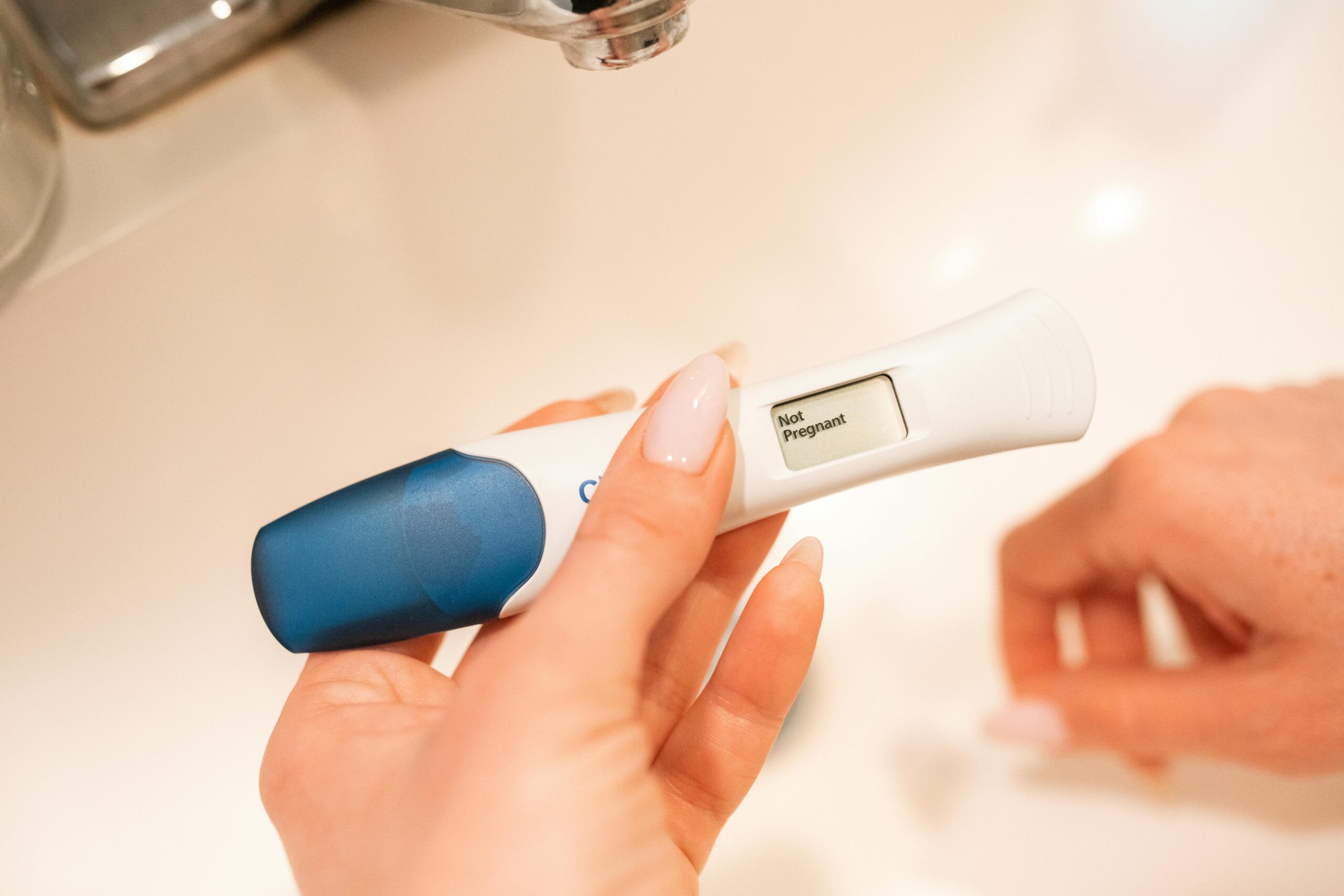
Women face unique health challenges due to biological, hormonal, and societal factors. Many conditions affect women differently or more severely than men, and some are exclusive to women due to reproductive health. Understanding these issues and taking proactive steps can significantly improve outcomes. Below are the top seven women’s health problems, based on prevalence and impact, along with practical strategies to address them.
1. Heart Disease
Overview: Heart disease is the leading cause of death for women in the United States, responsible for about 1 in 4 female deaths. Women are more likely to die following a heart attack than men, often because symptoms like nausea, fatigue, or jaw pain are less recognized than the classic chest pain seen in men. Risk factors increase after menopause due to declining estrogen levels, which can lead to higher blood pressure and cholesterol.
How to Improve:
- Adopt a heart-healthy diet: Focus on fruits, vegetables, whole grains, lean proteins (e.g., fish, beans), and healthy fats (e.g., olive oil). Limit processed foods, sugar, and saturated fats.
- Exercise regularly: Aim for at least 150 minutes of moderate aerobic activity (e.g., brisk walking) per week, plus muscle-strengthening exercises twice weekly.
- Monitor health metrics: Regularly check blood pressure, cholesterol, and blood sugar levels with a healthcare provider.
- Quit smoking: Smoking significantly increases heart disease risk. Seek support through counseling or cessation programs.
- Manage stress: Practice mindfulness, yoga, or meditation to reduce stress, which can elevate blood pressure.
Example: Incorporating 30 minutes of walking five days a week can reduce heart disease risk by up to 19%, according to the American Heart Association.

2. Breast Cancer
Overview: Breast cancer is the second most common cancer among women in the U.S., with a 13% lifetime risk. Risk factors include family history, dense breast tissue, obesity, and alcohol consumption. Early detection through screening significantly improves survival rates.
How to Improve:
- Get regular mammograms: Start annual or biennial screenings at age 40, or earlier if you have a family history or carry BRCA1/BRCA2 genes.
- Perform self-exams: Conduct monthly breast self-exams to detect changes like lumps or skin dimpling. Report abnormalities to a doctor.
- Maintain a healthy weight: Obesity increases breast cancer risk, especially post-menopause. Aim for a balanced diet and regular exercise.
- Limit alcohol: Keep alcohol consumption to one drink per day or less, as it’s linked to higher breast cancer risk.
- Stay active: Regular physical activity can reduce breast cancer risk by up to 20%.
Example: A woman who maintains a healthy weight and exercises regularly can lower her breast cancer risk, while annual mammograms increase the chance of early detection, improving survival rates to over 90% for early-stage cases.

3. Osteoporosis
Overview: Osteoporosis weakens bones, increasing fracture risk, and affects 68% of cases in women due to lower bone density and hormonal changes post-menopause. Risk factors include age, low body mass index, smoking, and certain medications.
How to Improve:
- Increase calcium and vitamin D intake: Aim for 1,200 mg of calcium daily (e.g., dairy, leafy greens) and 800-1,000 IU of vitamin D (e.g., fortified foods, supplements if needed).
- Engage in weight-bearing exercise: Activities like walking, dancing, or resistance training strengthen bones.
- Avoid smoking and excessive alcohol: Both contribute to bone loss. Limit alcohol to one drink per day and seek smoking cessation support.
- Get bone density screenings: Women over 65 (or earlier with risk factors) should have a DEXA scan to assess bone health.
- Consider medications: If diagnosed, consult a doctor about treatments like bisphosphonates to slow bone loss.
Example: Adding weight-bearing exercises like yoga three times a week and ensuring adequate calcium intake can reduce fracture risk by up to 30%.

4. Depression and Anxiety
Overview: Women are twice as likely as men to experience depression and anxiety, with 12 million women affected annually in the U.S. Hormonal fluctuations (e.g., during menstruation, pregnancy, or menopause) and societal pressures increase risk. Postpartum depression and premenstrual dysphoric disorder (PMDD) are specific concerns.
How to Improve:
- Seek therapy: Cognitive-behavioral therapy (CBT) or interpersonal therapy can help manage symptoms. Online or in-person options are available.
- Consider medication: Antidepressants or anti-anxiety medications may be prescribed by a healthcare provider for severe cases.
- Build a support network: Connect with friends, family, or support groups to reduce isolation. Volunteering or community activities can boost mood.
- Practice self-care: Regular exercise, adequate sleep (7-9 hours), and a balanced diet support mental health.
- Monitor hormonal triggers: Track symptoms related to menstrual cycles or menopause and discuss hormonal treatments with a doctor.
Example: Engaging in 20 minutes of daily exercise, such as jogging, can boost endorphins and reduce depressive symptoms by up to 30%, studies suggest.

5. Reproductive Health Issues
Overview: Reproductive health problems, including menstrual disorders, endometriosis, polycystic ovary syndrome (PCOS), and infertility, affect one-third of women aged 15-44. These conditions can cause pain, irregular cycles, and fertility challenges, often going undiagnosed for years.
How to Improve:
- Get regular gynecological screenings: Annual well-woman exams can detect issues like endometriosis or PCOS early.
- Manage symptoms: For PCOS, lifestyle changes like weight loss and a low-glycemic diet can improve insulin sensitivity and regulate cycles. Medications like metformin may help.
- Practice safe sex: Use condoms or other barrier methods to prevent STIs, which can lead to infertility or chronic pelvic pain.
- Explore fertility options: If planning pregnancy, consult a specialist for preconception counseling or fertility treatments if needed.
- Address pain: For endometriosis or fibroids, discuss pain management or surgical options with a gynecologist.
Example: A low-glycemic diet and regular exercise can reduce PCOS symptoms in 60-70% of women, improving menstrual regularity and fertility.

6. Autoimmune Diseases
Overview: Women are more likely to develop autoimmune diseases, such as lupus, rheumatoid arthritis, or thyroid disorders, which affect 1 in 8 women. These conditions occur when the immune system attacks healthy cells, causing fatigue, joint pain, or organ damage. Hormonal fluctuations and genetics play a role.
How to Improve:
- Monitor symptoms: Track fatigue, joint pain, or skin changes and report them to a doctor for early diagnosis.
- Follow a balanced diet: Reduce sugar and processed foods, and focus on anti-inflammatory foods like fruits, vegetables, and omega-3-rich fish.
- Manage stress: Chronic stress can trigger flare-ups. Try meditation, deep breathing, or yoga.
- Work with specialists: Rheumatologists or endocrinologists can provide targeted treatments, such as immunosuppressants or thyroid medications.
- Stay active: Low-impact exercises like swimming can reduce joint pain and improve mobility.
Example: An anti-inflammatory diet, including foods like salmon and spinach, can reduce autoimmune flare-ups by up to 40% in some studies.
7. Urinary Tract Infections (UTIs)
Overview: UTIs are common in women due to a shorter urethra, which allows bacteria easier access to the bladder. Symptoms include painful urination, frequent urges, and cloudy urine. Recurrent UTIs may indicate underlying issues.
How to Improve:
- Stay hydrated: Drink plenty of water to flush bacteria from the urinary tract.
- Practice good hygiene: Wipe from front to back, urinate after intercourse, and avoid irritating products like douches.
- Consider preventive measures: For recurrent UTIs, doctors may prescribe low-dose antibiotics or recommend cranberry supplements, which may reduce infection risk.
- Seek prompt treatment: See a doctor for antibiotics if symptoms appear, as untreated UTIs can lead to kidney infections.
- Monitor for recurrence: If UTIs persist, ask for tests to check for anatomical issues or resistant bacteria.
Example: Drinking 8-10 glasses of water daily and urinating after intercourse can reduce UTI risk by up to 50%.
General Strategies for Improving Women’s Health
Beyond addressing specific conditions, women can improve overall health through these universal practices:
- Schedule regular check-ups: Annual physicals, gynecological exams, and screenings catch issues early.
- Prioritize preventive care: Vaccinations (e.g., HPV), screenings (e.g., Pap smears), and lifestyle changes prevent serious conditions.
- Stay informed: Learn about family medical history and discuss it with your doctor to assess risks.
- Advocate for yourself: If symptoms are dismissed, seek a second opinion. Women’s health issues are often underdiagnosed.
- Build a healthy lifestyle: A balanced diet, regular exercise, adequate sleep, and stress management benefit all aspects of health.
Conclusion
Women’s health challenges, from heart disease to reproductive issues, require awareness and proactive management. By adopting healthy lifestyle habits, seeking regular medical care, and addressing symptoms early, women can significantly reduce their risk and improve their quality of life. Empowering yourself with knowledge and advocating for proper care ensures better outcomes. Start with small, sustainable changes—like adding a daily walk or scheduling a check-up—and build toward a healthier future.
